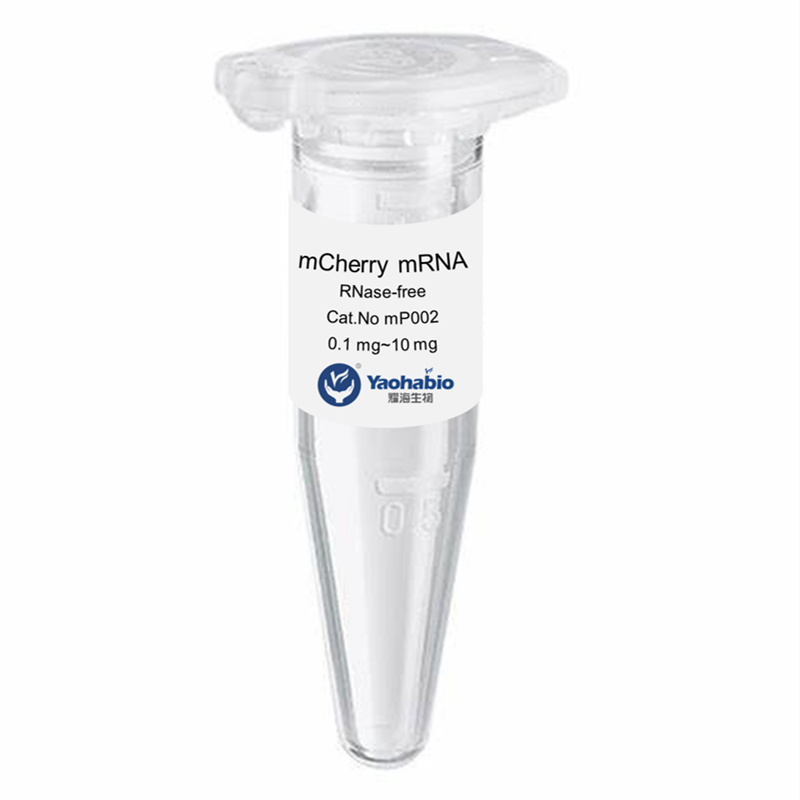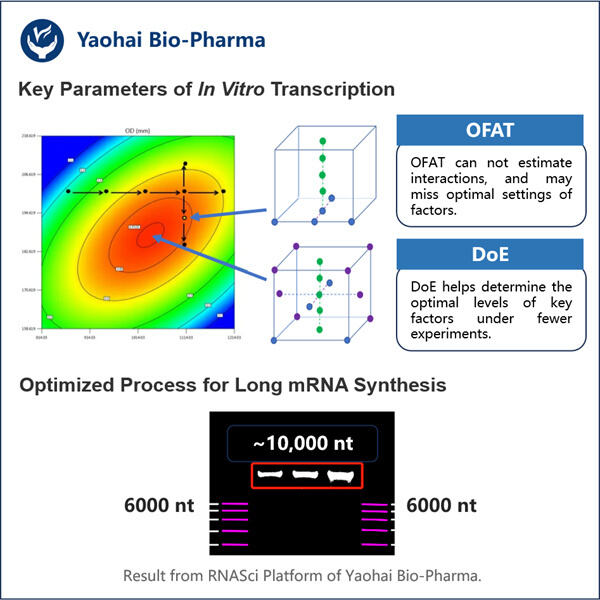Hallo zusammen. Habt ihr euch je gefragt, wie Wissenschaftler ein RNA klonen können? RNA ist dieses spezielle Molekül, das wir in unseren Zellen finden, das eine Menge Dinge tut, um Proteine herzustellen, und die Proteine sind da, damit unser Körper all die richtigen Dinge tun kann. In dieser Episode werden wir einen Überblick über das viel interessantere Verfahren geben, das von Forschern eingesetzt wird: Die in vitro Transkription. Und das bedeutet einfach, dass Wissenschaftler RNA nehmen und sie in einem Reagenzglas (was diese kleinen Gefäß-Dinger sind, die Labore verwenden) in großer Menge herstellen, also lasst uns jeden Schritt durchgehen.
Nachdem ich meinen letzten Beitrag abgeschlossen hatte, wurde mir klar, dass der letzte etwas trocken war - kommt mit zum Spaß in den Nasslaboren; also, um die Form beizubehalten, jetzt wo ihr richtig im Zug des Spassens (sic RNA-Machens) sitzt: Welche Reagenzien und was werdet ihr für eure EF benötigen?? Um dies zu erreichen, benötigen wir spezielle Proteine, genannt Enzyme, identisch mit Yaohais Produkt Fertigung von rekombinantem Midkine . Es katalysiert die chemischen Reaktionen, diese Enzyme helfen beim Abbau. Jetzt brauchen wir also nur noch unseren DNA-Abschnitt. Diese Funktion ist der DNA, die wir als Vorlage zum Kopieren für unsere RNA verwenden. Zusätzliche regulatorische Sequenzen in der RNA, nämlich Nukleotide, werden ebenfalls benötigt. Diese Nukleotide sind wie kleine Bausteine, die zusammengesetzt werden müssen, um die RNA herzustellen. Wir verwenden auch kurze Röhren mit kleinem Durchmesser, um die Geschmacksbewertung in andere zu integrieren. Zuletzt benötigen wir eine Maschine (einen Thermocycler), die sicherstellt, dass unsere Reaktionen bei der richtigen Temperatur sind. Außerdem könnten wir für bestimmte Experimente einige Werkzeuge und Produkte benötigen.

 EN
EN
 AR
AR
 HR
HR
 CS
CS
 DA
DA
 NL
NL
 FI
FI
 FR
FR
 DE
DE
 EL
EL
 IT
IT
 JA
JA
 KO
KO
 NO
NO
 PL
PL
 PT
PT
 RO
RO
 RU
RU
 ES
ES
 SV
SV
 IW
IW
 ID
ID
 LV
LV
 LT
LT
 SR
SR
 SK
SK
 SL
SL
 UK
UK
 VI
VI
 ET
ET
 HU
HU
 TH
TH
 TR
TR
 FA
FA
 AF
AF
 MS
MS
 BE
BE
 MK
MK
 UR
UR
 BN
BN













